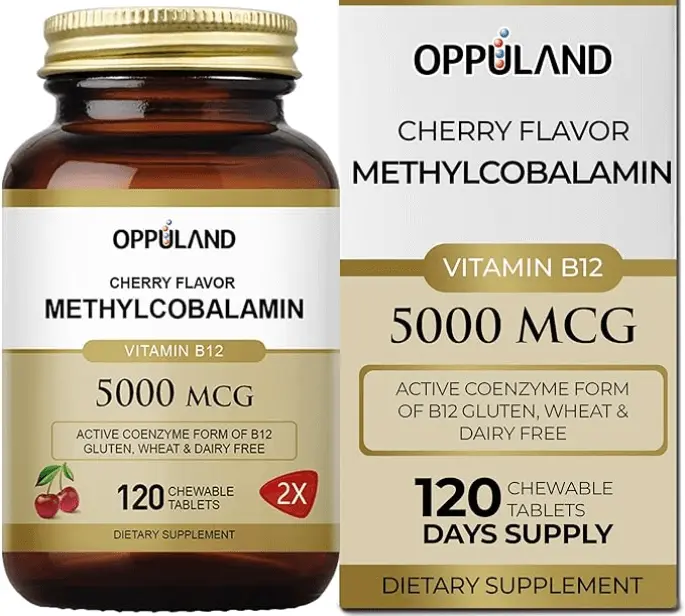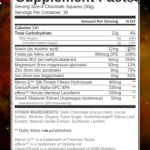What Does MCG Stand For? A Simple Guide for Your Health
If you’ve ever squinted at a vitamin bottle, a prescription label, or a nutrition facts panel during menopause and wondered, “What does MCG stand for?”—you’re not alone. This tiny abbreviation represents a critical unit of measurement, especially when it comes to managing your nutritional health during and after menopause.
Understanding what mcg means is the first step to making informed decisions about your supplements and diet. Let’s break it down simply.
So, What Does MCG Stand For?
MCG stands for Microgram.

A microgram is an extremely small unit of mass in the metric system. Here’s the easy way to understand it:
- One microgram (mcg) is equal to one-millionth of a gram.
- One microgram is equal to one-thousandth of a milligram (mg).
To visualize it, a single grain of table salt weighs about 60 micrograms. It’s a tiny measurement, but for certain nutrients, it’s incredibly powerful.
MCG vs. MG: What’s the Difference? (And Why It Matters)
This is where confusion often happens, and it’s the most important part to get right. Mixing up mcg and mg can lead to taking 1,000 times more or less than intended.
- MCG = Microgram (1/1,000,000 of a gram)
- MG = Milligram (1/1,000 of a gram)
The Key Difference:
1 mg = 1,000 mcg.
If your doctor recommends 1,000 mcg of Vitamin B12 and you accidentally take 1,000 mg, you would be taking a dose one thousand times larger than prescribed. This highlights why paying close attention to these labels is non-negotiable for your safety.
Why You See MCG on Vitamin and Supplement Labels
You’ll most commonly encounter mcg on labels for vitamins and minerals that are potent at very small doses. Your body only needs a tiny amount of these nutrients to function effectively, but that small amount is absolutely essential.
Common nutrients measured in micrograms (mcg) include:
- Vitamin D (D2 & D3): Crucial for bone health during menopause, as estrogen decline increases fracture risk.
- Vitamin B12: Important for energy production and cognitive function.
- Folate (Folic Acid): Vital for cell repair and heart health.
- Biotin: Often associated with hair, skin, and nail health.
- Selenium: A key antioxidant that supports thyroid function.
- Iodine: Essential for a healthy metabolism.
MCG and Menopause Nutrition: A Special Note
During menopause, paying attention to micronutrients becomes even more critical. For instance, the recommended dietary allowance (RDA) for Vitamin D is often between 600-800 IU, which is typically 15-20 mcg for women over 50. Getting the right amount in mcg is vital for combating bone density loss.
Similarly, ensuring you get enough Vitamin B12 (cobalamin), often measured in mcg, can help address energy slumps and brain fog that are common during this life stage. Understanding these measurements empowers you to tailor your supplement intake to your body’s specific needs.
Key Takeaway: Always Double-Check the Unit
The next time you read a label, take an extra second to check the unit of measurement.
- Is it MCG (micrograms) or MG (milligrams)?
- Confirm the dosage with your healthcare provider if you’re unsure.
- Remember that “more” is not always better with potent nutrients; the right amount is what matters.
Understanding what mcg stands for puts you in the driver’s seat of your health journey, allowing you to navigate the world of supplements with confidence and clarity.
Ready to take the next step in your menopause wellness journey? Understanding your nutrients is just the beginning. Explore our collection of delicious, nutrient-packed recipes designed specifically to support your body during menopause.



